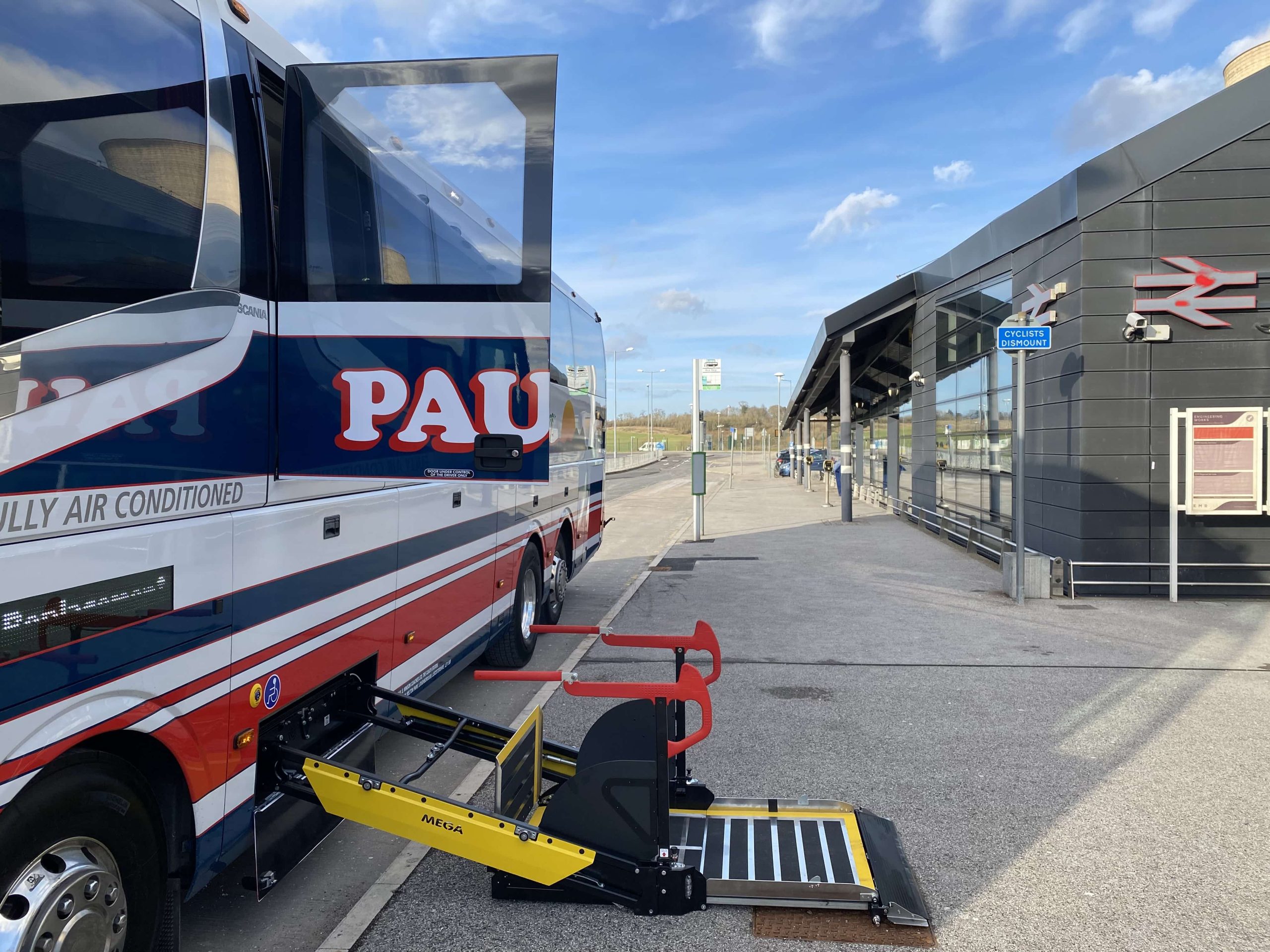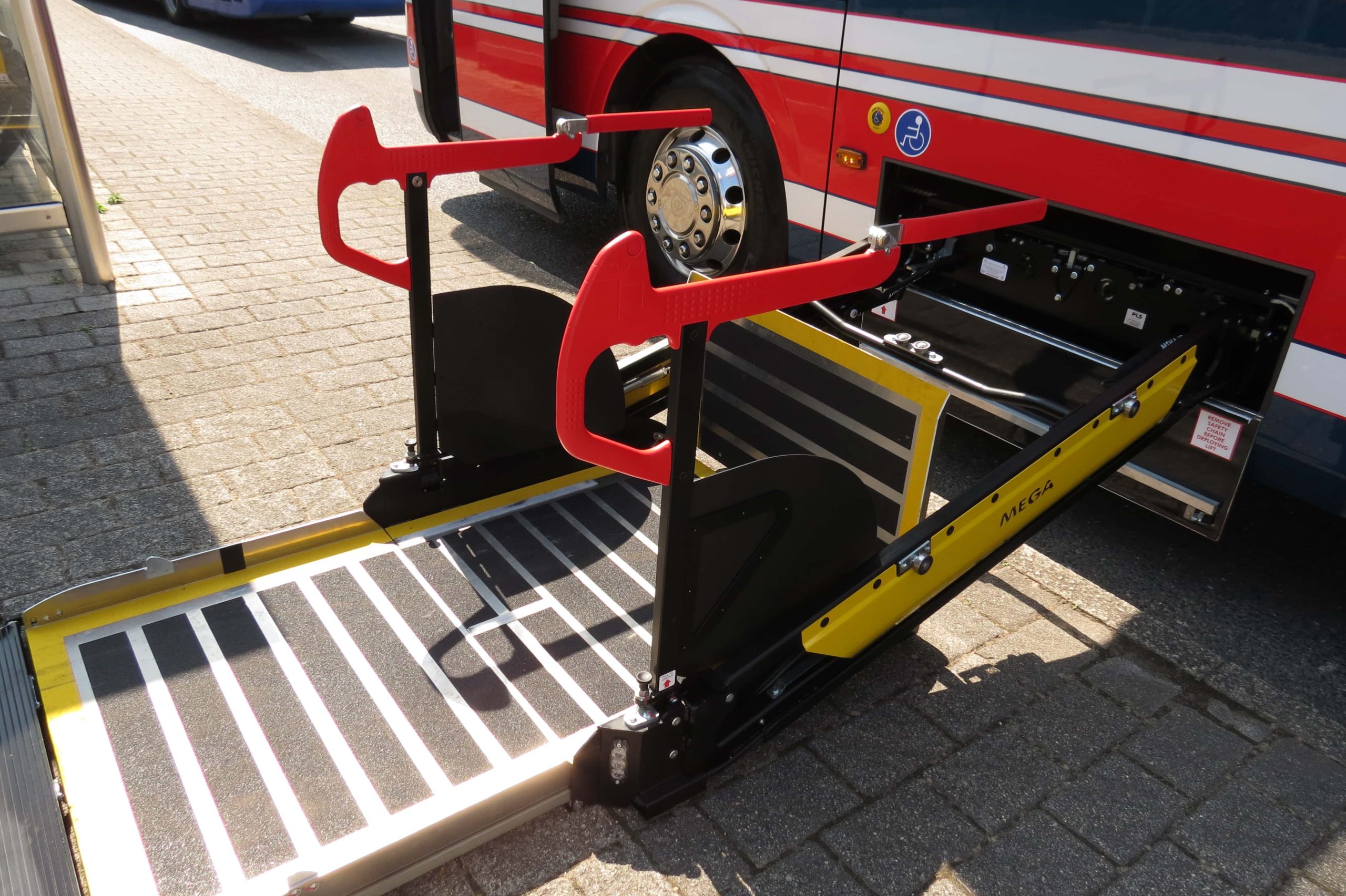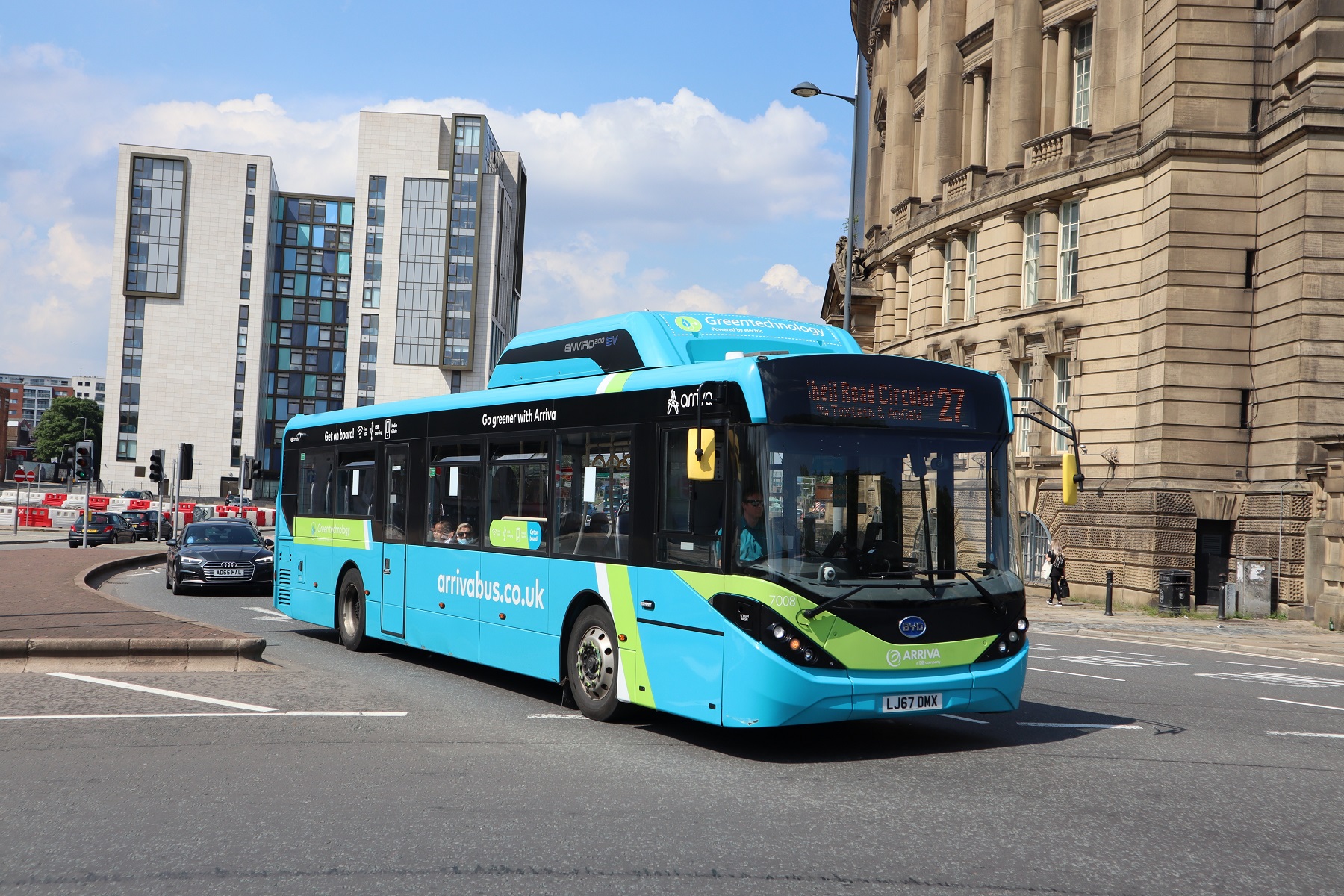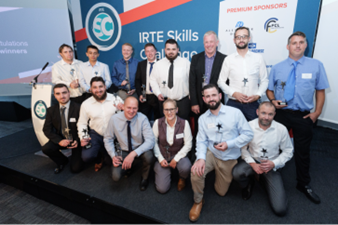In response to the ongoing government review of PSVAR, PLS MD
Adam Beck reminds operators that a joined-up approach is needed
Adam Beck reminds operators that a joined-up approach is needed
By the time Matthew Campbell-Hill took over from outgoing Disabled Persons Transport Advisory Committee (DPTAC) Chair Keith Richards in February, little had changed in the debate on PSVAR – at least, not since the announcement of further medium-term exemptions. But Managing Director of Passenger Lift Solutions (PLS) Adam Beck (pictured) was watching the appointment closely – and is positive about what he hears
Few will have been surprised when Matthew underlined his own views that all coaches should ultimately comply with PSVAR, regardless of use case. But what came as a positive contribution to the discussion for others was his statement that PSVAR should not to be seen in isolation – emphasising the role that roadside infrastructure plays in the application of wheelchair lifts on coaches.
There has long been a view that half the battle on PSVAR continues to be lost by the inadequacies of roadside facilities. Adam welcomes the statements by Matthew, saying they “look better than anything that’s come out of DPTAC before”. The question of infrastructure has always been an issue, he adds – pointing back to a government test of routes with National Express in 2005, which at the time discovered the challenges of lift deployment. For PLS, that makes it all the more refreshing that DPTAC is addressing the problem.
The quest for inclusivity
Adam acknowledges there is no straightforward answer when it comes to accessibility on coaches, especially now that the debate is moving towards full inclusivity beyond local and scheduled services. But he argues that the solutions have long been there – it has always been about having “the right mindset”.
He highlights two extreme ends of the coach spectrum where the need to improve accessibility is most apparent: Home-to-school work operated by older vehicles, and that of the touring market which, despite not currently being in scope for accessibility regulations, ironically is popular among older customers, many of whom will have mobility issues.
Focusing on the former, he argues: “If school children aged between 10 and 14 who are wheelchair users are still in some cases required to go to school in a specialist taxi, inclusivity in that case is completely meaningless. Is it therefore any surprise that, as those children grow up, they view coach travel negatively?”
Between home-to-school and touring work lies intercity coach travel, which Adam views as a “world class” example – the best in any first world country he has seen. British intercity coach travel demonstrates that all the solutions to make a coach fleet modern, accessible and appealing exist. “The question, then, is how we join all of that together,” Adam wonders.
Collaborative approach needed
Critics might say the financial burden of fitting lifts is the great barrier to the wider roll-out of accessible coach options. Others will say their responsibility stops outside of the coach, and that unless the situation on infrastructure improves, there’s little that can be done. But Adam believes this can all be mitigated by the correct approach.
He points to development work PLS did in 2007 for the front wheelchair lift solution on the Caetano Levante with National Express. Adam reports that footfall rose 11% once that solution was fitted, which he says effectively paid for the outlay. “It became a no-brainer,” he adds. “All the reasons why people argued against fitting lifts suddenly went away.”
He also points to the low relative cost of having lifts fitted at the point of order. That typically accounts for a small proportion of the purchase price, while adding to the resale value. That lessens the financial burden on operators when planned properly.
Adam recalls a request from a member of one trade association for PLS to make a statement to the effect that retrofitting lifts to the UK coach fleet would put too much demand on wheelchair lift manufacturers. In a rebuff, Adam states that should demand require PLS to manufacture an additional 2,000 lifts to the almost 2,000 it already builds, it would take the necessary steps to do so.
But that encounter, he says, is demonstrative of much of the thinking and resistance behind the move to wider accessibility within the coach industry.
What we do in the UK is we put roadblocks up,” he says. “We like to say ‘it’s too difficult to do this’. If this was in Australia, Hong Kong or North America, it would be different. When they have a problem, they work together on a solution. What we like to do is blame each other.”
Planning moving forward
Adam suggests “working backwards” from the cut-off date for the current derogation on PSVAR to see how easy full compliance could be. As a starting point, he suggests breaking down the “thousands of coaches and thousands of routes” to a county level. If schools, and perhaps even rail services were among those, he argues it would translate to only a few dozen routes – perhaps less than 100 – per county.
If an officer with responsibility for transport in that county then ensured at least one primary coach or bus station was accessible in each densely populated area, he further adds that that might only require on average two dozen accessible stations per county. With the collaboration of DPTAC, the Confederation of Passenger Transport, and the Society of Motor Manufacturers and Traders, with the support of a body with the necessary funding, the task would, he argues, be a manageable one.
“From a planning point of view, there aren’t too many requirements,” says Adam. “It’s a few routes in a few counties, on a few coaches with a few stops. The biggest problem is how we join all those stakeholders together.”
If those stakeholders can be united, and a collaborative approach achieved to both the fitment of wheelchair lifts and in ensuring that roadside infrastructure can accommodate them, Adam believes the benefits could translate to long-term modal shift.
“Fund it from the bottom, and the benefits work their way up to the top,” Adam says. “If those home-to-school coaches are quality, clean and accessible, and the children want to use them, when they get to 16, 17 or 18, they may be asking themselves if they really need to pass their driving test that much.
“It’s hypothetical, but in a better planned and more modern society, where public transport is cleaner and has better facilities – people might just be more reluctant to sit in congestion burning their own fuel.”





























